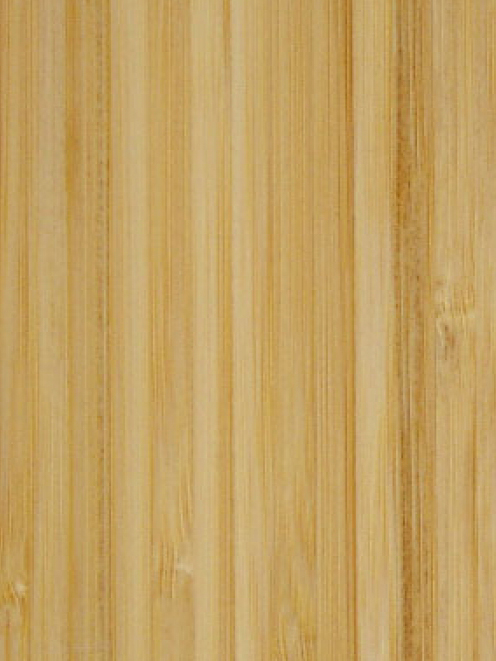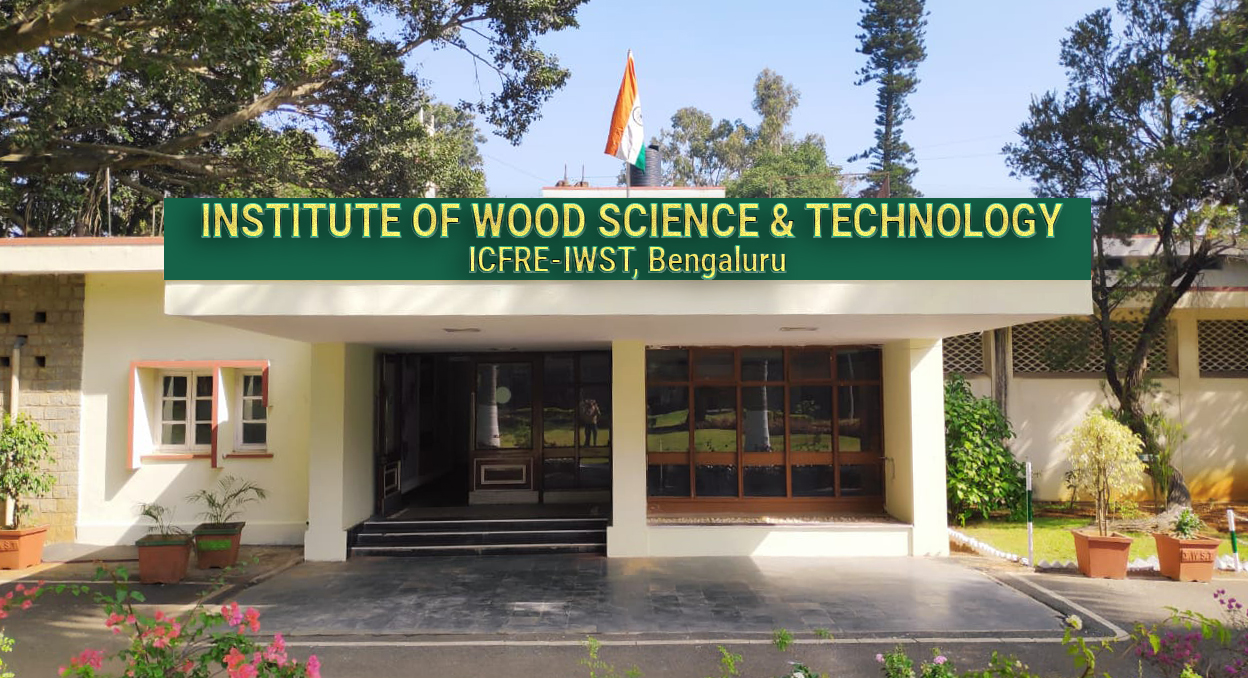Bamboo Wood

Bamboo Wood
Due to scarcity of traditional forest wood and severe constraints associated with non-wood materials development of wood alternates from renewable fibers has become a national imperative. In this context, bamboo, “a wonder grass” which is the fastest growing plant on the earth and matures in 2-4 years and has higher strength-density ratio even than that of steel due to high content of silicates in special configurations, has emerged as material of great potential. Industrial bamboo products will also result in alleviating the pressure on forests as well as creating employment opportunities for rural/tribal poor, particularly women.
Laminated bamboo boards are closest to wood both in appearance and properties and are generally manufactured from the mono-podial bamboos. The material is highly suitable for flooring and furniture. erstwhile erstwhile IPIRTI worked on a project funded by the Ministry of Environment, Forest & Climate Change, Government of India, to screen the Indian clump forming bamboo species and assess their suitability for making laminated bamboo products as an ideal alternate to furniture wood.
The institute has evolved process parameters for making bamboo wood (laminates) from Bambusa bambos. Strength properties of bamboo wood are comparable to those of teak. A flat-pack table and a magazine stand were also designed and fabricated indicating the suitability of the material for furniture.
Initial work for making BMB was carried out at FRI, Dehra Dun in 60’s. Efforts were reviewed at IPIRTI, Bangalore, in 1979-82 to make the process cost effective. Technology has been further improved through intensive R & D work at IPIRTI in early 90’s under projects sponsored by International Development Research Centre (IDRC), Canada/INBAR. The improved IPIRTI technology has already been adopted for industrial production in few units in the country. The Bureau of Indian Standard has brought out a specification IS: 13958 for Bamboo Mat Board for general purpose.



